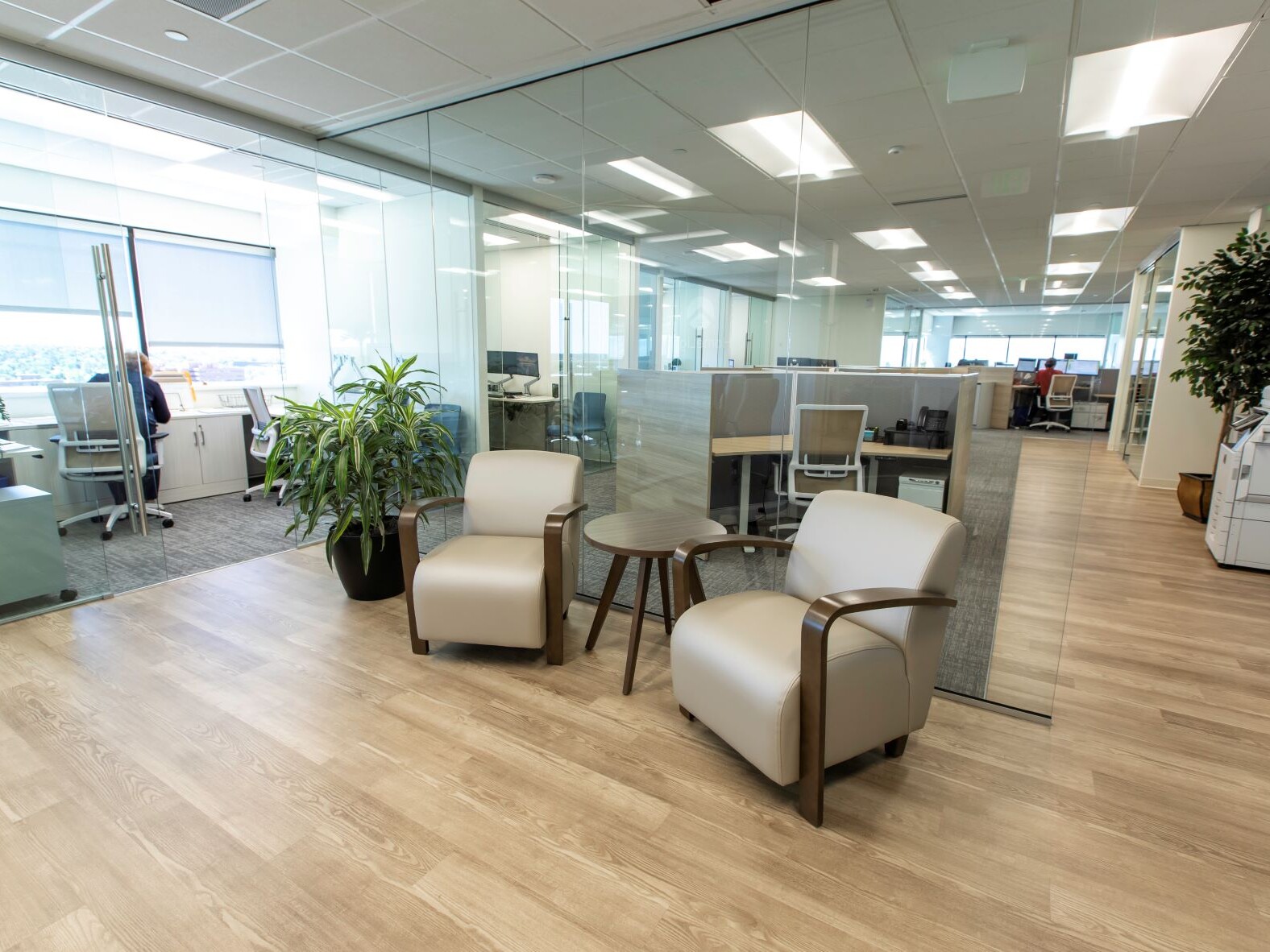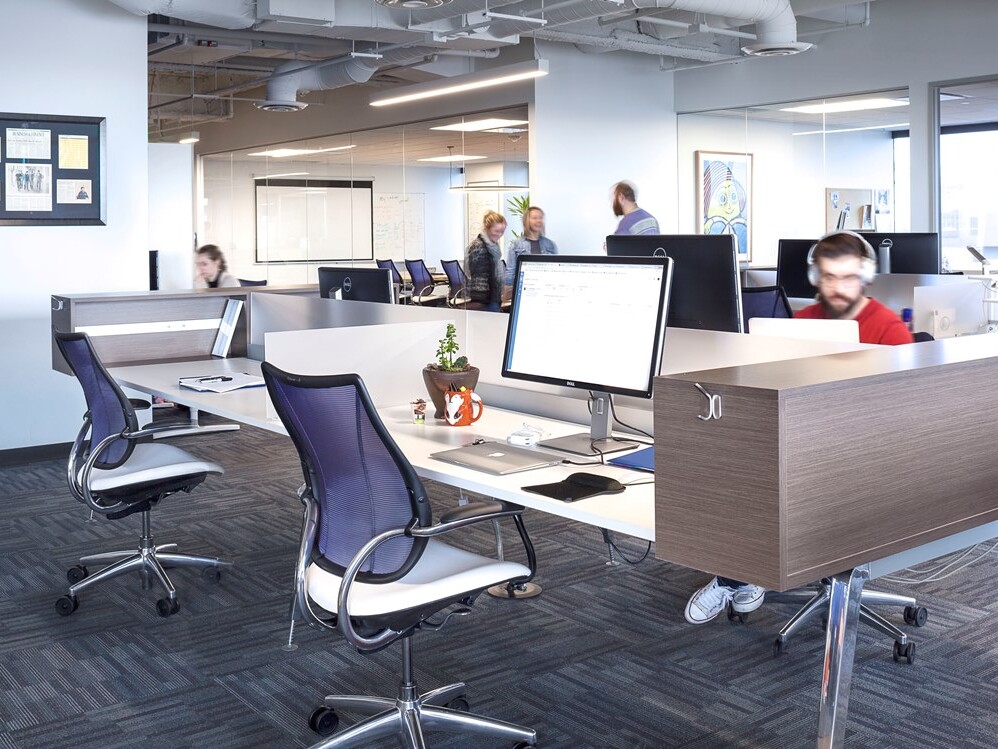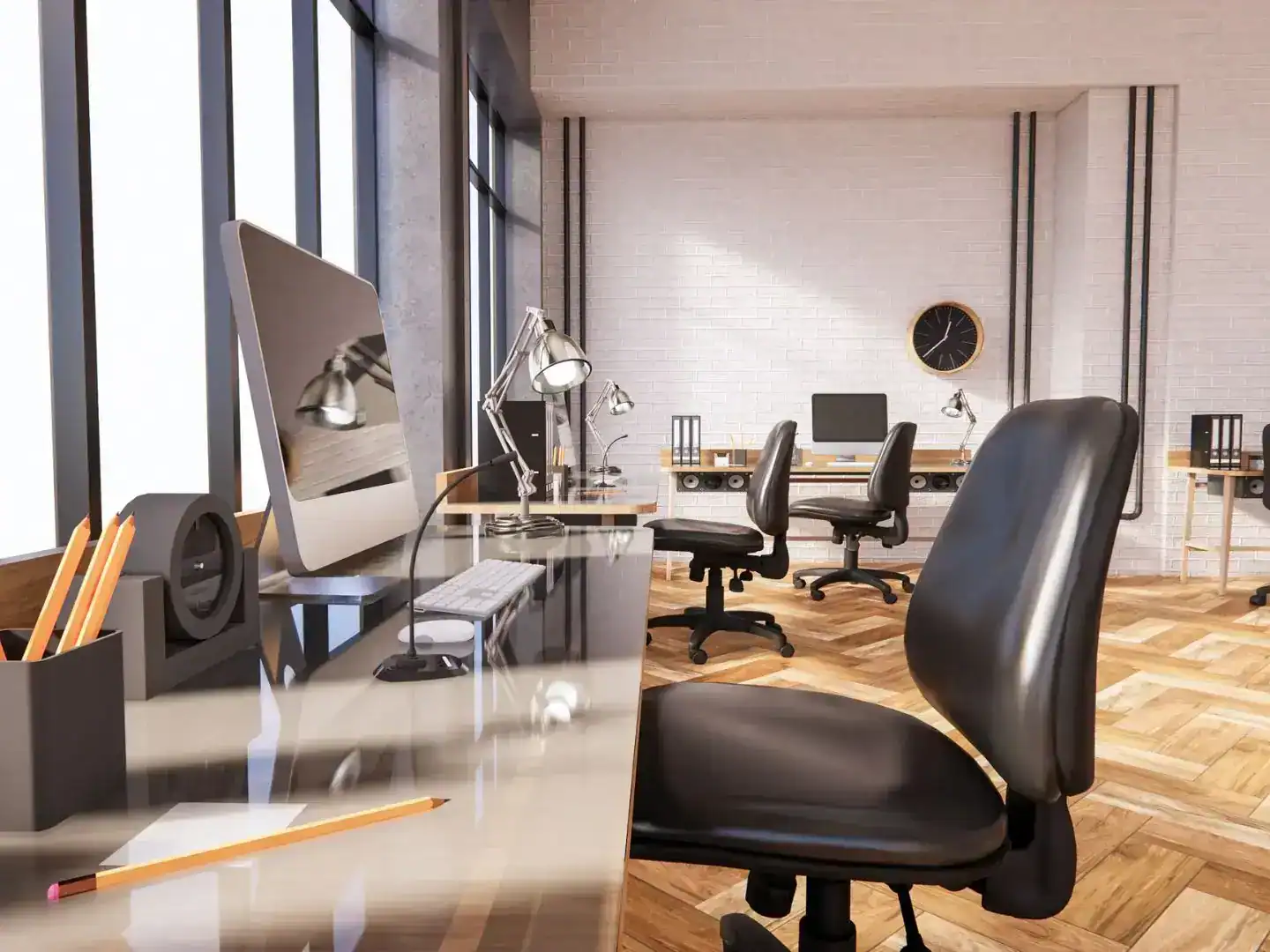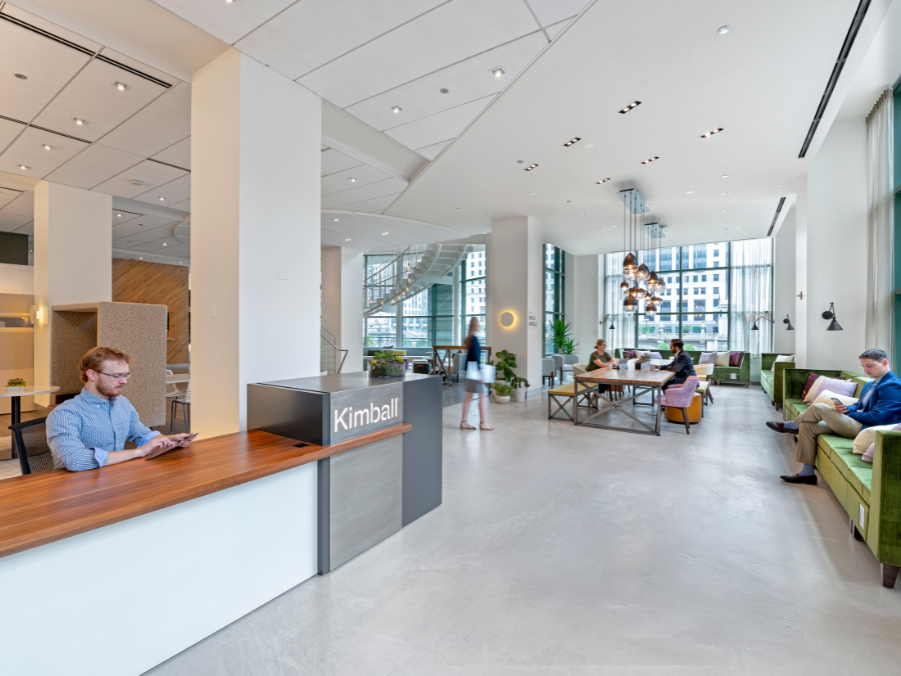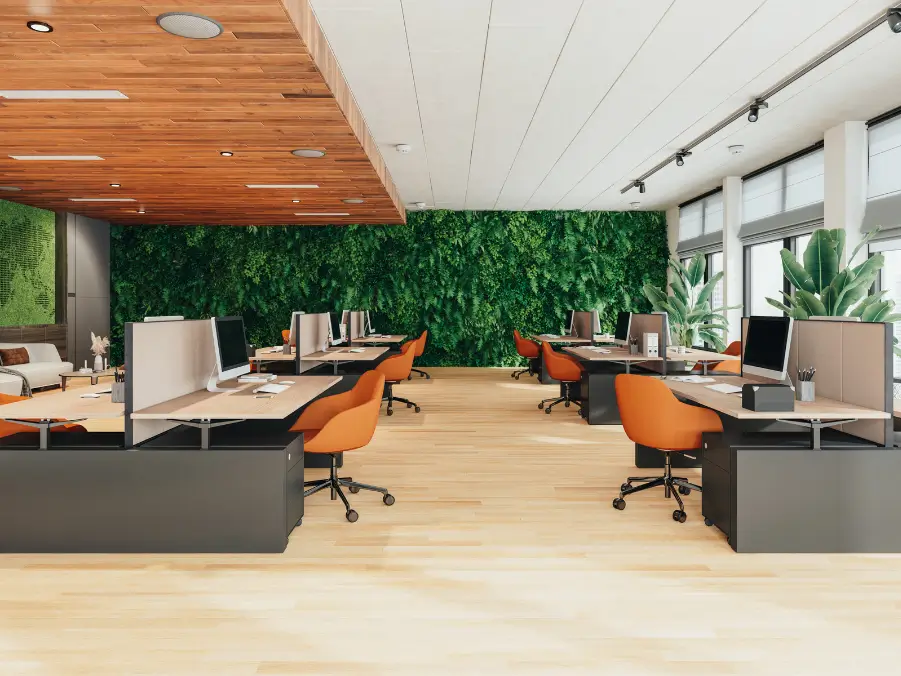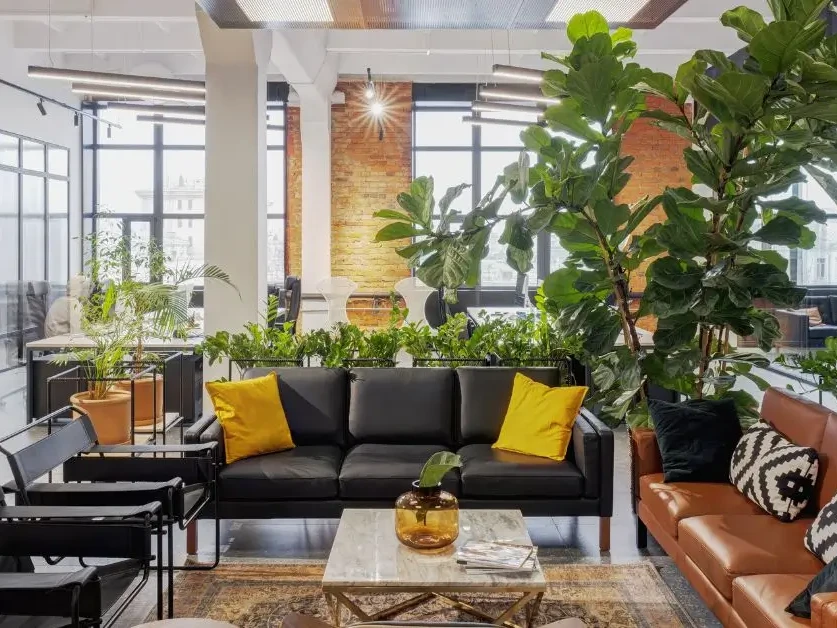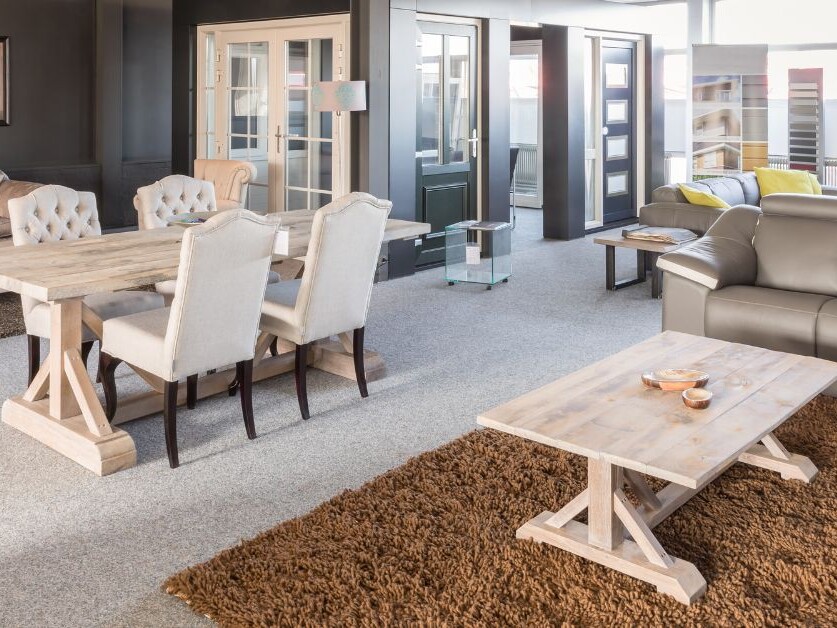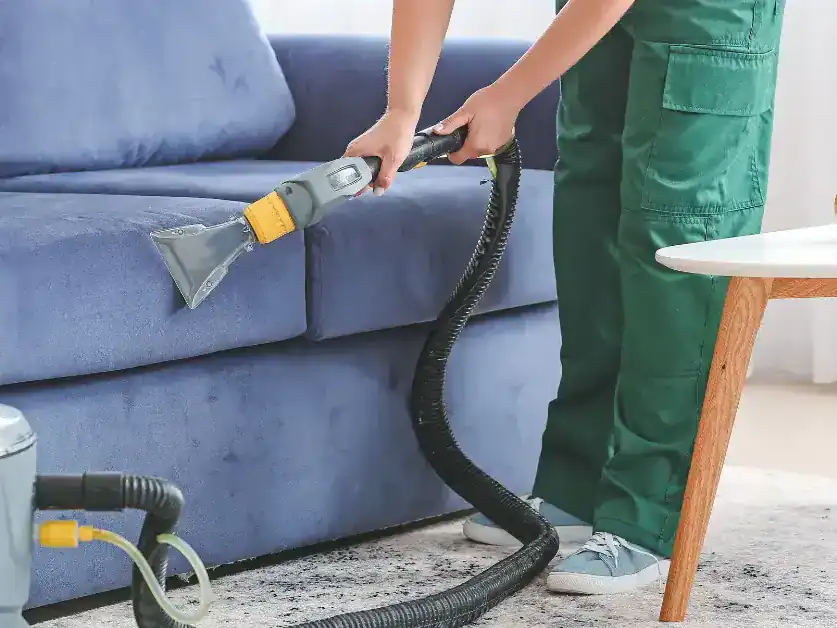Since the 1970s, office design, furniture, and technology have changed substantially to reflect ever-shifting economic and cultural changes. Our modern office spaces are a far cry from the workplace that a typical 1970s employee would have experienced. Here are a few of the most significant office furniture trends and interior design hallmarks during this historic decade.
Interior Flow
The 1960s office bridged the gap between the 1950s open office plan and the hierarchical layout assumed by traditional office spaces by including cubicles in most workplace designs. The 1970s kept this floorplan and assigned supervisors, managers, and executives the corner desks or offices. This arrangement also reflected the tangible tiered system employees needed to work through in order to receive promotions and raises.
Office Furniture
The 1970s saw huge advancements in office furniture. Designers created the first ergonomic office chair that was constructed with the user’s physical health in mind. During the last 50 years, the ergonomic chair has become a standard piece of furniture amongst American workplaces and has undergone countless redesigns. The introduction of ergonomic office furniture made the office more comfortable, promoted better posture, and fostered health and wellness.
The 1970s boasted many fixtures we no longer see in modern work spaces. Certain stalwarts, like ashtrays, desk blotters, and single-pen holders, no longer grace office desks.
Technology
The rise of the computer is one of the most notable aspects of 1970s office design. While computers have been in use since the 1930s, our modern-day desktops and laptops most closely resemble the units released during the beginning of this decade.
Microcomputers, also called PCs, were gaining notoriety and became increasingly available to small businesses as the decade progressed. While many offices still used typewriters, the shift from manual word processers to PCs was beginning to take place. The introduction of microcomputers diminished the need for huge filing systems, duplicate copies, and off-site file storage.
The telephone also looked very different than today’s office phone systems. The mobile and portable phone didn’t hit the commercial workplace until the 1980s. Instead, offices and desks were outfitted with rotary phones, new (at the time) push button phones, or manual telephone switchboards – the last of which wasn’t retired until 1983.
Design
Key elements that we now associate with the 1970s were also showcased in office design trends. Geometric patterns and shapes were utilized in furniture, wallpaper, and furnishings. Nature stepped in to color the walls and textiles with greens, yellows, and browns, while shag carpet graced the floors of lobbies and break rooms throughout the workplace.
The 1970s gave birth to some of America’s most memorable cultural icons: Disco, Star Wars, 8-track players, and plenty of plaid. Office furniture trends and interior design were also remarkable in their own right, taking on trappings of this unique decade while acting as a bridge between the free loving 60s and the wild 80s. Environments Denver stays on top of current trends and loves to collaborate with commercial business owners to help execute design vision. Contact us today to learn more about how we may be able to help.
